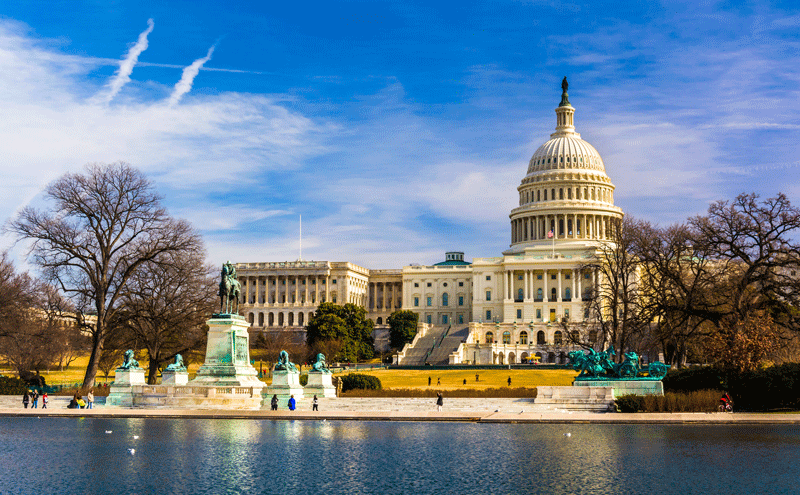
Indigenous Representation in Congress
On September 13, 2022, Representative Mary Peltola was sworn into the U.S. House of Representatives. This was an historic moment in many ways. Peltola’s election means that for the first time in more than 230 years, all three indigenous people of the United States (Alaska Native, Native American, and Native Hawaiian) are fully represented in Congress.
Indigenous Leaders
Rep. Mary Pelota is a Democrat from Alaska. She is also the first Alaska Native and woman elected to the House for her state. It is very rare for a Native American, an Alaska Native, and a Native Hawaiian to be members of Congress at the same time.
Pelota joins Native Hawaiian Kaiali’i Kahele (Democrat) and several other Native American members of Congress. They will join these Native Americans who are currently serving in Congress:
- Republican Tom Cole (Chicksaw)
- Democrat Gregorio Kilili Camacho Sablan (Chamorro)
- Republican Markwayne Mullin (Cherokee)
- Republican Aumua Amata Coleman Radewagon (Samoan)
- Democrat Sharice Davids (Ho-Chunk)
- Republican Yvette Herrell (Cherokee)
Under the Biden-Harris administration, many indigenous people are serving in leadership roles in the federal government.
- Deb Haaland currently serves as Secretary of the Interior.
- Danna Jackson is Senior Counselor to the Director of the Bureau of Land Management.
- Heidi Todacheene is Senior Advisor in the Office of the Secretary.
- Joaquin Gallegos is Special Assistant to the Assistant Secretary for Indian Affairs.
- Matt Dannenberg is Deputy Chief of Staff at the Office of Energy Efficiency and Renewable Energy.
- Charles F. Sams is the Director of the National Park Service.
Indigenous representation at all levels of government is an important change. For example, no Native American woman had ever served in Congress before 2018, when Democrats Deb Haaland and Sharice Davids became the first to be elected to the House of Representatives. Having indigenous people serve in Congress should lead to increased awareness of issues important to Native American communities. It could also inspire other indigenous people to get involved in politics and to someday run for office as well.
A Promise from the Past
While these are encouraging developments, there is still a long way to go before indigenous communities are fairly represented in Congress. In 1835, the Treaty of New Echota promised the Cherokee Nation a nonvoting delegate seat in the U.S. House of Representatives. This was the same treaty that led to the Trail of Tears, in which about four thousand Cherokees died during their removal from Georgia to the Oklahoma Territory. Yet the United States still has not made good on its promise of representation. In 2019, Cherokee Nation Principal Chief Chuck Hoskin, Jr., nominated Kim Teehee to the seat. She was unanimously confirmed by the Council of the Cherokee Nation. But the process of her taking office was delayed by COVID-19. So now, the Cherokee Nation is launching a nationwide campaign to install Teehee in her seat, hopefully by the time Congress adjourns in December. The Cherokee Nation is currently the largest tribal government in the U.S., with more than 430,000 citizens.


